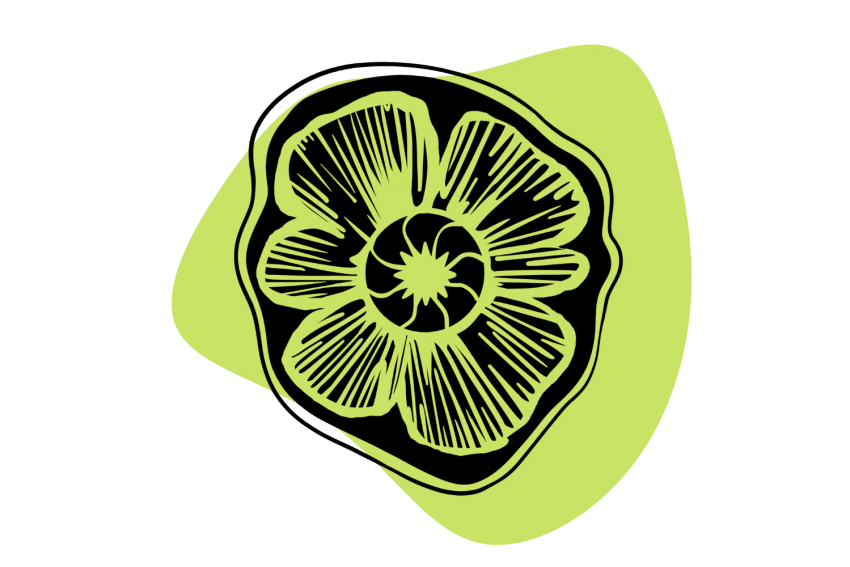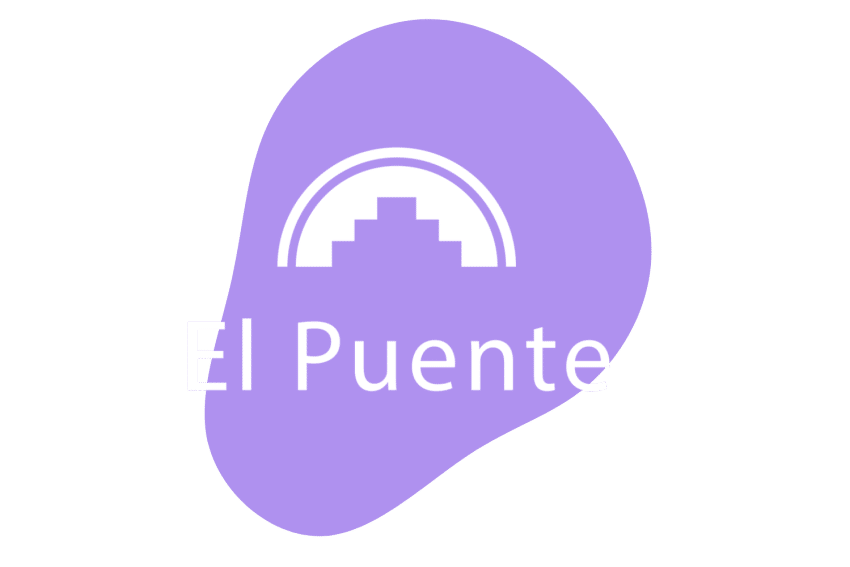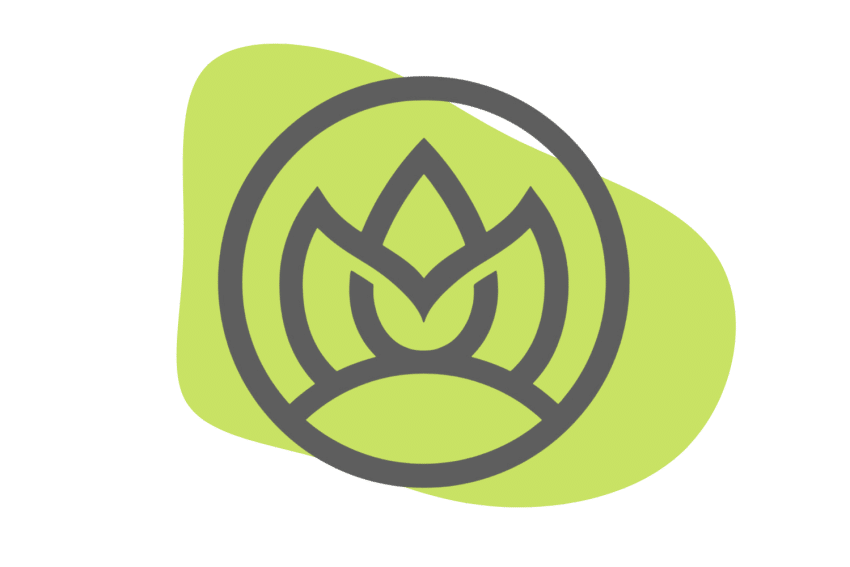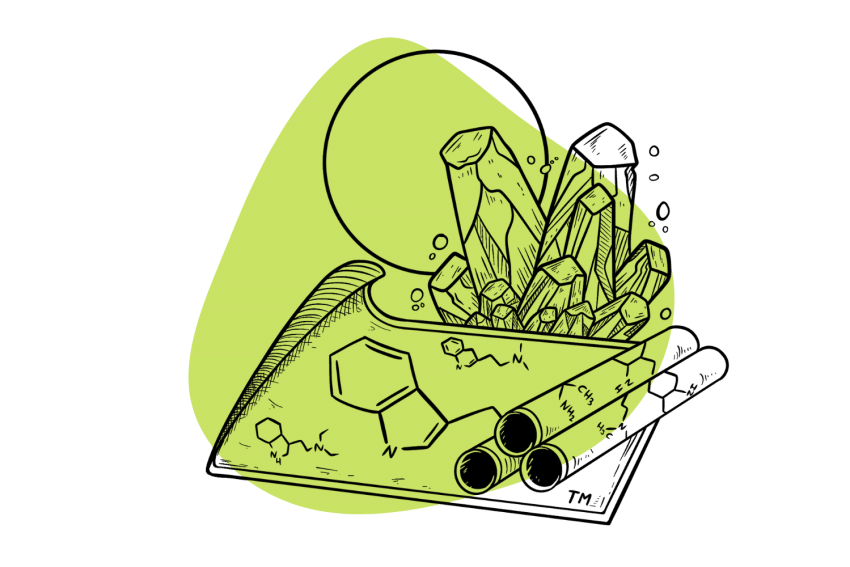Huachuma Collective: Saving Sacred Cacti
San Pedro cactus is being consumed at unsustainable rates, and Huachuma Collective is doing all it can to save the sacred cacti and the cultures that use them.
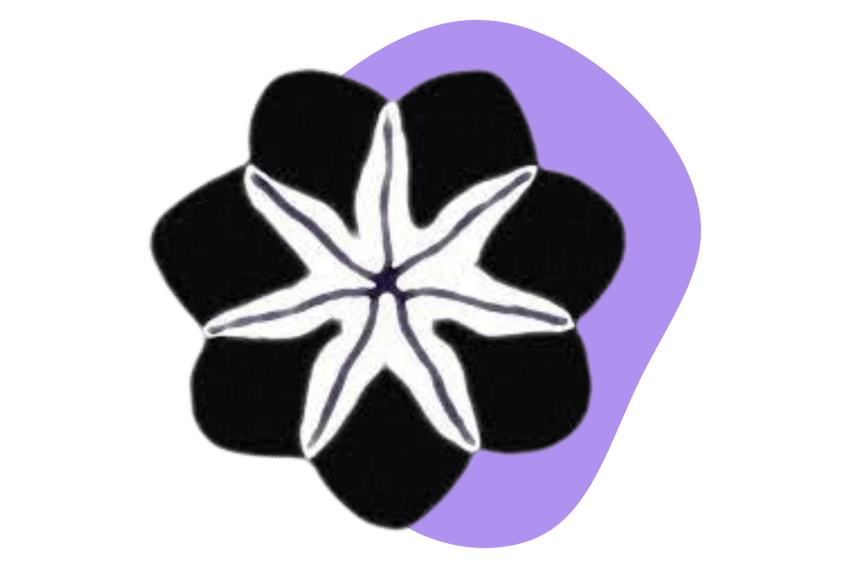
Huachuma Collective has formed in response, bringing together Maestro huachumero Josip Orlovac Del Rio, Don Filipe, a Peruvian curandero, and Laurel Anne Sugden, a P.h.D. candidate at the University of British Columbia.
The organization seeks to preserve San Pedro cacti and the culture which has stewarded its use as a healing plant.
The team intends to plant 1,000,000 San Pedro cacti in partnership with Andean communities. The project cultivates cacti, preserves genetic diversity with seed collection, distributes young plants, and funds youth education to apprentice with San Pedro curanderos of the surviving lineages in Peru.
Formed in 2021, the group and the network assembling around it seek to offset the overconsumption brought by tourism sweeping through Cusco and Machu Picchu in the nearby Sacred Valley of Peru. The use of San Pedro is legal in Peru and sold openly in markets, but it doesn’t grow well in the Cusco region. The experience is a staple of retreat centers; San Pedro has now achieved global fame for being a beautiful “heart medicine.”
However, without intervention, this experience will not exist for future generations.
What is San Pedro?
San Pedro, or Echonopsis Pachanoi, has at least a 3000-year relationship with humans [1].
Despite its “sustainable” reputation, psychotourism has decimated wild populations in only 40 years. The situation has received little attention while illegal harvest and export exploit the remaining sacred cacti.
We assume San Pedro cacti populations to be a deep well of mescaline, yet the Peruvian Ministry of Environment several lists several psychoactive varieties as “endangered” in a 2013 report [2].
However, to date, no official protection for the cacti exists.
While roads, cattle grazing, and climate change threaten the cacti, San Pedro has more pressure than the average plant. Because of the concentrations of mescaline in the cacti, extractive industry is harvesting and drying the plants for export, while retreat centers in Cusco and the Sacred Valley of Peru consume thousands of cacti legally each year.
San Pedro Harvest in Peru is Exploitive
In a 2022 presentation at Spirit Plant Medicine in Vancouver, Laurel and Josip outlined the situation—less than 1000km squared left in Peru that remains well stocked. Declining populations have some connection to locals using the cactus either for curanderismo, but in recent years huge amounts of cactus are to sold to Cusco retreats or exported.
Peruvians harvest, process, and sell the cacti to local markets for a few dollars a kg. Either sold fresh for ceremonies or dried, the cactus can fetch hundreds of dollars per kg online. The business model is lucrative for those who export, but Peruvians with limited economic opportunities receive at most a few dollars in compensation for the labor-intensive job of bringing cacti to market.
Can San Pedro be a Sustainable Plant Medicine?
Claims of sustainability do hold potential but are far from reality. San Pedro can, and has been, harvested sustainably. When only a small amount is taken from older plants, the cactus can regenerate. “Pups” or baby cacti emerge from cut stumps and, if done carefully, replenish the supply at a reasonable rate.
However, due to the demand, too many cacti are being taken too quickly. Some of the plants are over 100 years old, and Huchuma Collective likens their decline to “harvesting old-growth redwoods to make toilet paper.”
The “toilet paper” is dry cactus powder rich in mescaline. The powder is separate from traditional ways of using San Pedro and lacks a connection to where it comes from. Tradition holds that access to the spirit of San Pedro can only occur when cooked by someone with a deep relationship with the cactus.
In the Vancouver presentation, Hauchuma Collective urges anyone wanting to consume San Pedro to grow it. Not only does it ease pressure on wild populations, but cultivation creates a meaningful, reciprocal relationship with the plant. In the right conditions, San Pedro can grow a foot per year and, in time, will produce quantities of medicine. But it takes patience and care, which is what Josip urges as part of the process of working with San Pedro cactus—he waited 20 years before serving medicine.
San Pedro Conservation in Peru
San Pedro naturally grows on the Eastern Slopes of the Andes in Argentina, Colombia, Ecuador, Peru, Bolivia, Venezuela, and Chile. There are dozens of species dispersed around the mountain range.
Like many ecosystems around the world, the Andes are being affected by climate change. New weather patterns in Peru can wreak havoc on cacti, with San Pedro’s sensitivity to water, meaning a little bit too much rain at the wrong time will create fungal infections [3].
Huachuma Collective gathers seeds from these native habitats and plants baby cacti from cuttings. When cuttings root, Huachuma Collective and local people plant the cacti in partnership. This initiative helps rejuvenate spiritual roots while also eventually providing economic benefits to communities and curanderos alike.
To further protect and preserve existing genetics, Josip tends a garden of San Pedro containing 40 different varieties and over 4000 living specimens. These cacti are for not for medicine but preservation. Only when one falls over are the plants used for medicine.
San Pedro Traditions & Lineage
The spiritual tradition has been mostly lost in Peru, save a few elders in the North who have trouble finding apprentices.
Christian missionaries and colonial rule largely wiped out the indigenous ceremonial practice.
The remaining practitioners adopted syncretic traditions, which are disconnected from the land-based traditions.
Unlike the isolated and hard-to-reach tribes in the Amazon using ayahuasca, customs surrounding San Pedro were intentionally suppressed by the Spanish. The youth in communities where curanderos still practice do not see the opportunity to learn how to work with the plant because of lingering colonial stigma.
Josip describes how masters ask for permission and make offerings to the spirits of the lakes, mountains, and other plant teachers before cutting San Pedro. This connection with the land and the elements is essential to working effectively with the plant. San Pedro is the “cactus of the four winds,” meaning the elements of earth, water, air, and fire. Josip says learning how to use the elements takes much time, patience, and building a relationship with the plant.
How to Build a Relationship with San Pedro
There still exists an opportunity to work with San Pedro meaningfully.
Huachuma Collective’s message is simple — if you want to use San Pedro — grow it.
If you simply desire mescaline, take mescaline, but do not confuse it with sacred cacti. The members of the collective urge people to stay away from the dried powder and to ask practitioners about their sources. Whenever possible, work with Peruvian practitioners.
The plant populations are in a delicate situation, but should Huachuma Collective and others succeed, it may be possible to regenerate the plant and honor San Pedro’s cultural roots.
The word “ayni” is often repeated in the Sacred Valley of Peru, which means reciprocity. It is a popular word sometimes used when asking for payment for a ceremony. Yet, if we consider what true reciprocity for a plant medicine tradition is, it must involve the plants, not only people.
If San Pedro means something to you, and you want to give back to the communities in the Andes, donate through GoFundMe, follow on Instagram, and subscribe to their Substack.
References
- Jay, M. (2019). Mescaline: a global history of the first psychedelic. Yale University Press.
- Ministerio del Ambiente. (2013). “El San Pedro” o “Achuma. El género Echinopsis, Taxonomía, distribución y comercio.
- Huamaní-Sulca, R. E., De La Cruz-Arango, J., Chuchón-Martinez, S., & Pelaez-Pelaez, F. (2020). Endemic communities of Cactaceae in danger of extinction. A need for conservation of natural resources in the district of Pacaycasa. Ayacucho-Peru. Journal of the Selva Andina Biosphere, 8(2), 92-109.


